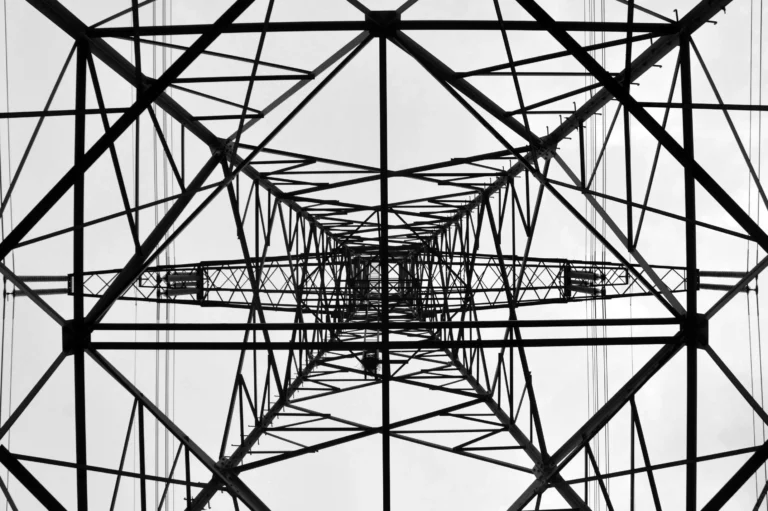MyHEAT
201-1228 Kensington Rd NW
Calgary, AB T2N 3P7
Canada
What is Community Solar & How Does It Work?
Community solar is a shared purchasing program, which can be a great option for those who cannot install solar panels on their rooftops due to installation barriers.
What is community solar?
Community solar is a shared purchasing program that enables individuals and organizations to access solar power without installing solar panels on their rooftops. This option is ideal for those who face installation barriers or have unsuitable rooftops for solar panels.
How does community solar work?
Let’s take a look at how community solar projects come together, from building solar farms to setting up subscription models, making it easy for subscribers to enjoy clean, solar energy.
Solar farm development
Community solar projects involve developing solar farms, where solar arrays comprising multiple linked solar modules are installed. These farms generate solar energy that can be shared by hundreds or even thousands of subscribers.
Subscription models
Typically, solar subscribers can either buy or lease a portion of the solar panels in the array. They receive an electric bill credit for the electricity generated by their share of the solar panels.
Enabling policies and regulations
As of 2020, roughly a third of U.S. states have ‘enabling policies’ that allow a third-party market for community solar sharing. These policies require project developers to follow certain regulations to enrol subscribers and carry out installations. In areas without set enabling policies, community solar projects are developed and managed by the local utility.
Community solar vs rooftop solar
Now that we’ve covered how community solar works, let’s compare it to rooftop solar, another popular solar energy option. We’ll look at aspects like ownership and investment, accessibility, and energy production to help you understand the key differences between the two.
What is rooftop solar?
Rooftop solar involves installing solar panels directly onto the roof of a residential or commercial building. The energy generated from the panels is used to power the building, with any excess electricity typically fed back into the grid for credit.
Ownership and investment
Rooftop solar requires an upfront investment to purchase and install the solar panels. However, once installed, the system belongs to the property owner, who can benefit from long-term energy savings and increased property value. Additionally, tax credits and incentives may be available to reduce the initial investment.
Comparing accessibility
While community solar offers a more accessible and flexible option for those who cannot install solar panels on their rooftops or live in unsuitable locations, rooftop solar provides direct energy generation for property owners who can accommodate installations. Rooftop solar is a long-term investment, whereas community solar typically involves a subscription-based model.
Energy production and savings
Both community solar and rooftop solar offer cost savings and environmental benefits through the use of clean, renewable energy. However, the amount of savings will vary depending on factors such as location, system size, and energy consumption.
Benefits of community solar
Cost savings and financial benefits
Monthly energy bills can be reduced for subscribers who live in areas where solar power is less expensive than traditionally generated electricity. If subscribers move to a new home within the same utility service territory, they can typically continue to benefit from their share. Programs may also have options for selling or donating subscriptions.
Benefits for utilities
Utilities will also benefit from community solar as they can strategically install solar arrays in areas of the grid where clean, renewable energy is needed the most.
How to participate in a community solar project
1. Find a local community solar project
To join a community solar project, research local options and available programs in your area.
2. Understand the subscription process
Familiarize yourself with the subscription process, including purchasing or leasing solar panels and receiving bill credits for the electricity generated by your share.
3. Monitor your solar energy production and savings
Keep track of your solar energy production and savings to maximize the benefits of your community solar subscription.
How to estimate solar potential for community solar and rooftop solar in your city
MyHEAT’s SOLAR Maps can help educate building owners about their rooftop solar potential and provide easy next steps for utilizing solar energy.
Learn more about MyHEAT and our mission to promote clean energy solutions like community solar to reduce greenhouse gas emissions and increase energy efficiency.
The future of community solar
As more states and provinces throughout Canada and the US adopt enabling policies and awareness of community solar grows, this innovative approach to accessing clean energy will continue to expand, benefiting both subscribers and utilities while promoting a more sustainable future.


